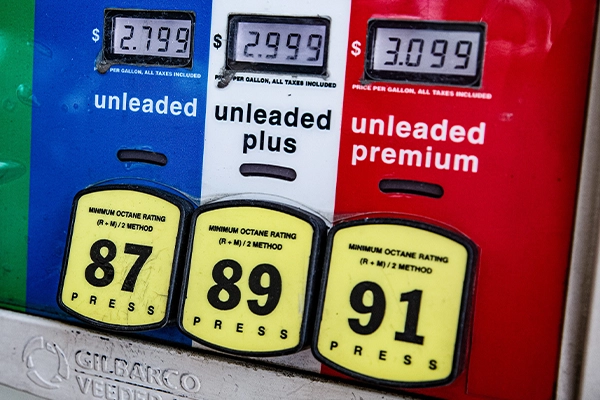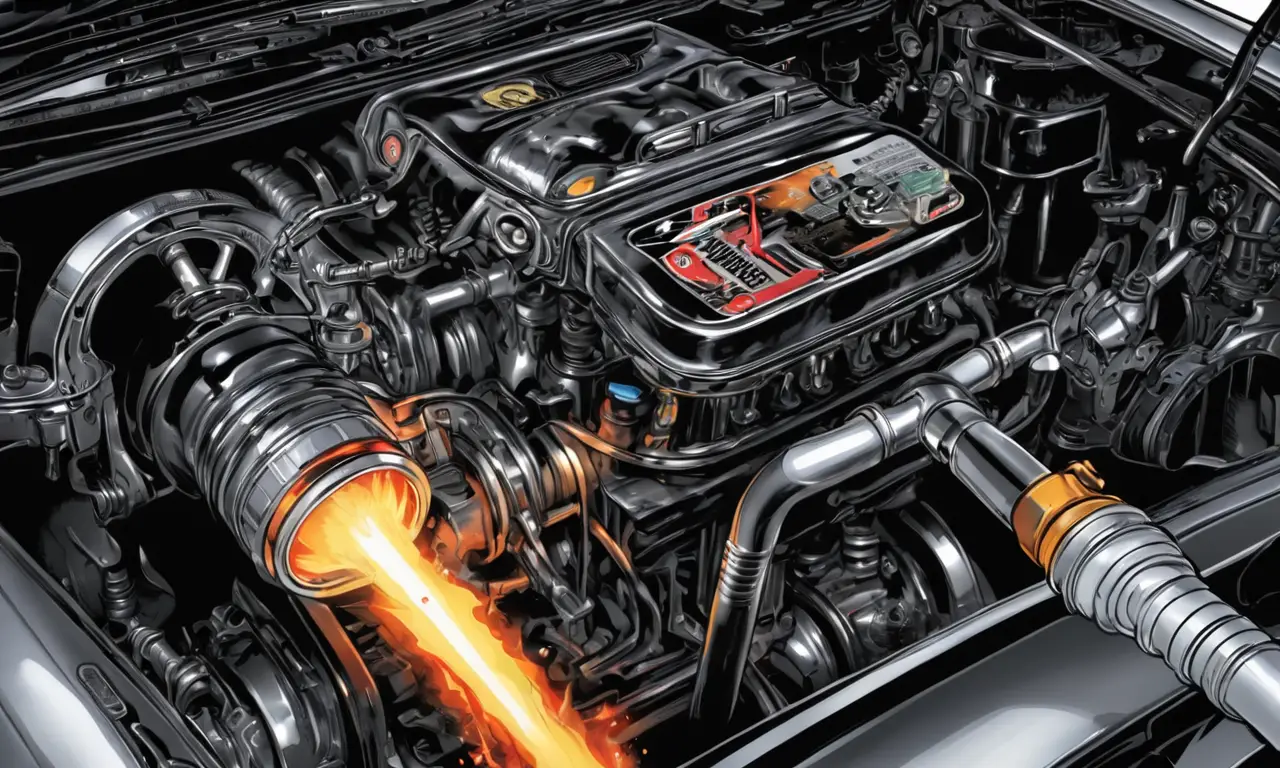
Fueling your car is a routine task, but have you ever wondered about the different octane levels available and if mixing them is safe? Octane rating refers to a fuel’s resistance to premature detonation, which can damage your engine. Understanding octane and its impact on your vehicle’s performance is crucial for making informed decisions at the pump. This article will delve into the world of octane gas, exploring the implications of mixing different grades, particularly 87 and 89 octane.
This comprehensive guide will first explain what octane gas is and how it works. We’ll then examine the safety aspects of mixing different octane grades, focusing specifically on 87 and 89 octane. We’ll also discuss the potential impact of mixing these fuels on your engine performance and emphasize the importance of consulting your vehicle owner’s manual for specific recommendations.
Octane Gas Explained
Octane rating is a measure of a fuel’s ability to withstand compression before igniting. Higher octane fuels, like 89, are more resistant to premature detonation (also known as knocking or pinging) than lower octane fuels, like 87. Detonation occurs when the air-fuel mixture in your engine’s cylinders ignites too early, causing a damaging shockwave that can lead to engine wear and reduced performance.
Your car’s engine is designed to operate optimally with a specific octane level. This information is typically found in your vehicle owner’s manual. Using a fuel with a lower octane rating than recommended can lead to detonation, which can cause a variety of problems, including decreased engine power, rough idling, and increased emissions.
Mixing Octane Grades

While it’s generally safe to occasionally mix different octane grades, consistently using a lower octane than your vehicle requires is not recommended. Mixing 87 and 89 octane gas in small amounts for a single fill-up is unlikely to cause any significant harm. However, regularly mixing these grades or consistently using a lower octane can potentially lead to engine knocking and reduced performance over time.
The impact of mixing octane grades depends on several factors, including your vehicle’s engine design, driving habits, and the amount of fuel mixed. If you find yourself needing to mix octane grades due to limited availability or other circumstances, it’s best to err on the side of caution and use a higher octane than necessary for that particular fill-up.
Safety of Mixing 87 and 89 Octane
Can I mix 87 and 89 gas, is it bad to mix 87 and 89 gas, is it okay to mix 87 and 89 gas, is it ok to mix 87 and 89 gas? These are common questions when considering mixing octane grades. The short answer is that occasional mixing of these two grades is generally safe for your vehicle.
However, remember that using a lower octane than recommended by your vehicle manufacturer can potentially lead to engine knocking and performance issues over time. It’s always best to consult your owner’s manual for specific recommendations regarding fuel type and octane requirements.
Engine Performance and Octane

The octane rating of the fuel you use directly affects your engine’s performance. Higher octane fuels, like 89, are designed to withstand higher compression ratios without detonating. This allows your engine to operate more efficiently, producing more power and smoother acceleration.
Using a lower octane than recommended can lead to engine knocking, which reduces engine power and efficiency. It can also cause premature wear on engine components due to the shockwaves created by detonation. In severe cases, prolonged use of an incorrect octane rating can result in significant engine damage.
Vehicle Owner’s Manual Recommendations
Your vehicle owner’s manual is your best resource for information about the recommended fuel type and octane level for your car. It will specify the minimum octane required to ensure optimal performance and prevent engine damage.
Always refer to your owner’s manual for guidance on fuel choices. If you are unsure about the appropriate octane rating, it is always better to choose a higher octane than necessary.
Conclusion
Mixing 87 and 89 octane gas occasionally is generally safe for your vehicle. However, consistently using a lower octane than recommended can lead to engine knocking, reduced performance, and potential damage over time. Always consult your vehicle owner’s manual for specific fuel recommendations and prioritize using the octane level specified by the manufacturer for optimal engine performance and longevity.
